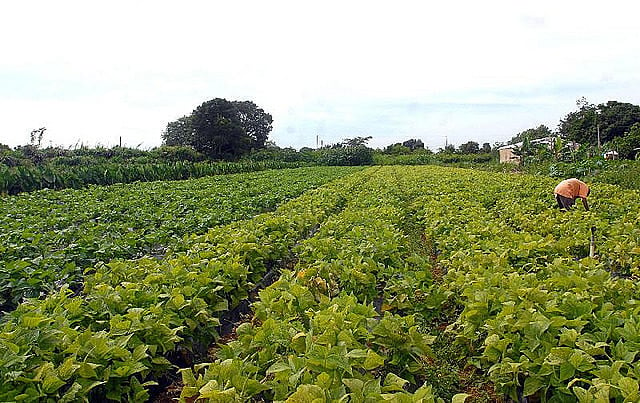The Brazilian Institute of Geography and Statistics (IBGE) released this Thursday the preliminary data from the country’s 2017 Census of Agriculture.
With a lower budget than previous editions, the survey presents data including the complex of relationships involving land tenure, production, supporting services and rural institutions, the demographic profile of rural land owners and producers, land lease, pesticide use, and more.
Gilmar Mauro, a national coordinator with the Landless Workers’ Movement (MST), spoke with Brasil de Fato Radio about the results of Brazil’s Census of Agriculture.
Here are the highlights of the interview:
Brasil de Fato: Based on the data from the census, what conclusion can we draw about land concentration in Brazil?
Gilmar Mauro: I think the IBGE has actually innovated with this new data on properties that are larger than 10,000 hectares (nearly 25,000 acres) in Brazil, which really characterizes the country's gigantic socioeconomic disparities. 2,400 farms larger than 10,000 hectares alone represent more land area than most properties owned by the people who actually grow food and employ the most workers in agriculture combined, which are small farms up to 50 hectares (around 120 acres).
Evidently it is still difficult, as the numbers were released today, to draw conclusions from them, but we can say with some certainty that we still have great land concentration. [We’re] one of the countries with the world’s greatest land concentration. And while there is a lot of struggle for land, indigenous land demarcation, quilombolas [residents of quilombos, settlements set up in Brazil’s rural areas, mostly by escaped enslaved people of African descent], which obviously achieved quite a bit over the last period, things point to greater land concentration.
There is also another interesting side to it, which is a growing land leasing scenario. Capitalists are leasing land, in many different areas in the country, essentially to grow monocultures.
The number of individual farmers dropped. What does that mean?
Concentration. Concentration [of land in the hands of] capitalists. This is typical agribusiness. Capitalist groupings that increased the amount of land [they own]. And these groupings control and skew the data on rural land leases.
On the opposite side, small farmers have lost land, lost space. Whether for income reasons or because of the poor conditions we are witnessing now in Brazil. So they are dropping in number, and especially in land. This clearly shows us that the process of land concentration over the last decade increased in Brazil instead of decreasing, regardless of the public policies implemented and the little land reform that has been put in place. Now, what the data from the Census does not show is that it’s small farming that employs [workers] and produces food in Brazil. A lot of the agricultural paid labor force works essentially for properties up to 50 hectares, and these are the ones that are dropping.
On the other hand, large properties that are becoming larger and increasing land concentration employ less workers and produce the least food for the Brazilian people, because they are essentially focused on exports. And they grow huge monocultures. They have more technology and a growing number of tractors, but they are focused on exports.




